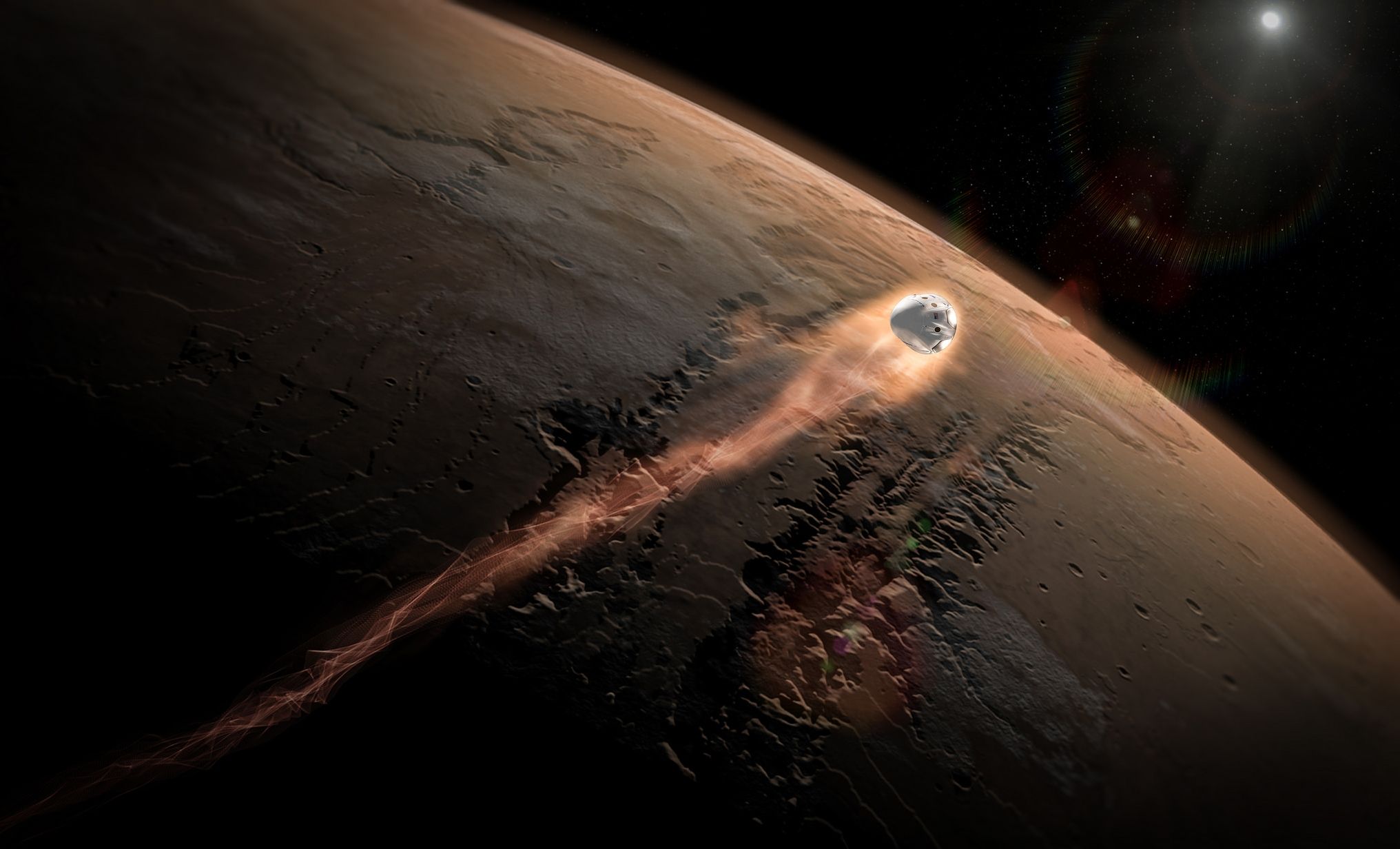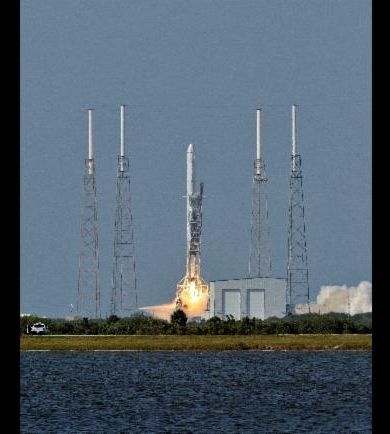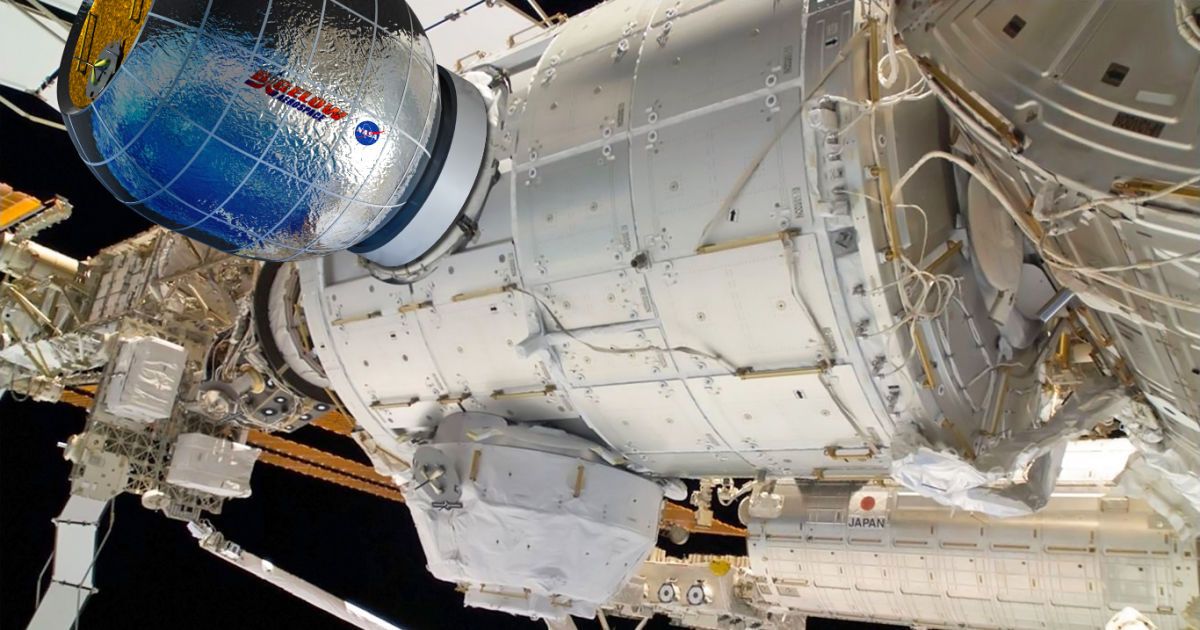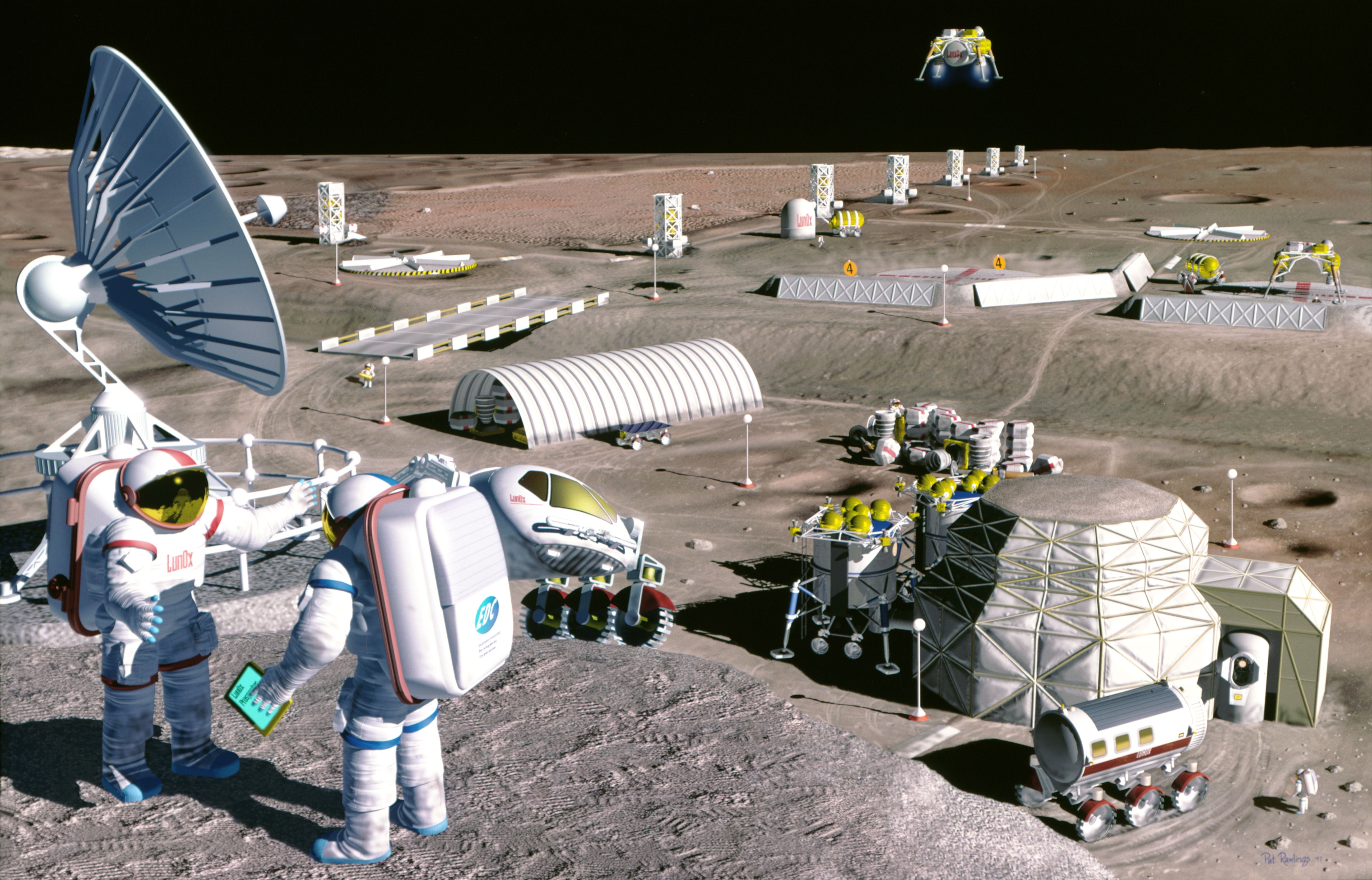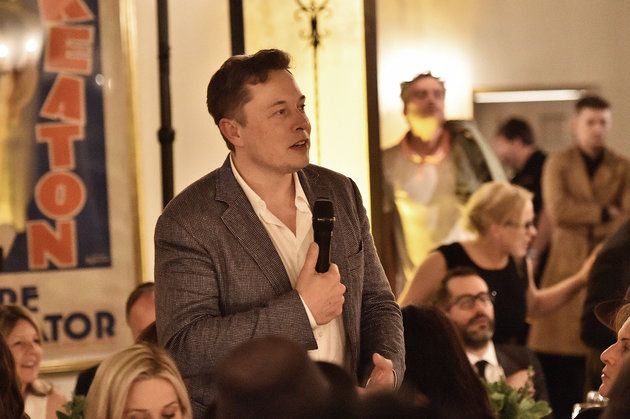Search results for 'spacex': Page 278
Apr 27, 2016
Can Commercial Space Really Get Us Beyond Low-Earth Orbit?
Posted by Bruce Dorminey in categories: Elon Musk, habitats, space travel
Getting beyond the commercial space hype; will the new captains of the space industry really bring about interplanetary commerce? Here’s my take with views from two execs at The Space Frontier Foundation.
The entrepreneurial captains of the new commercial space frontier are sometimes brash, sometimes brazen, and often larger than life. But are they really going to get us beyond low-Earth orbit (LEO)?
For those of us who grew up in an era when NASA budgets were a tenet of Cold War geopolitics, it’s understandable that we approach this new phase of private space funding with a mixture of excitement and trepidation. But are we Apollo-ites simply being too skeptical?
Continue reading “Can Commercial Space Really Get Us Beyond Low-Earth Orbit?” »
Apr 8, 2016
Venture Capitalist 3D Prints a Rocket Faster Than the Speed of Sound for Under $2
Posted by Shailesh Prasad in categories: 3D printing, computing, space travel
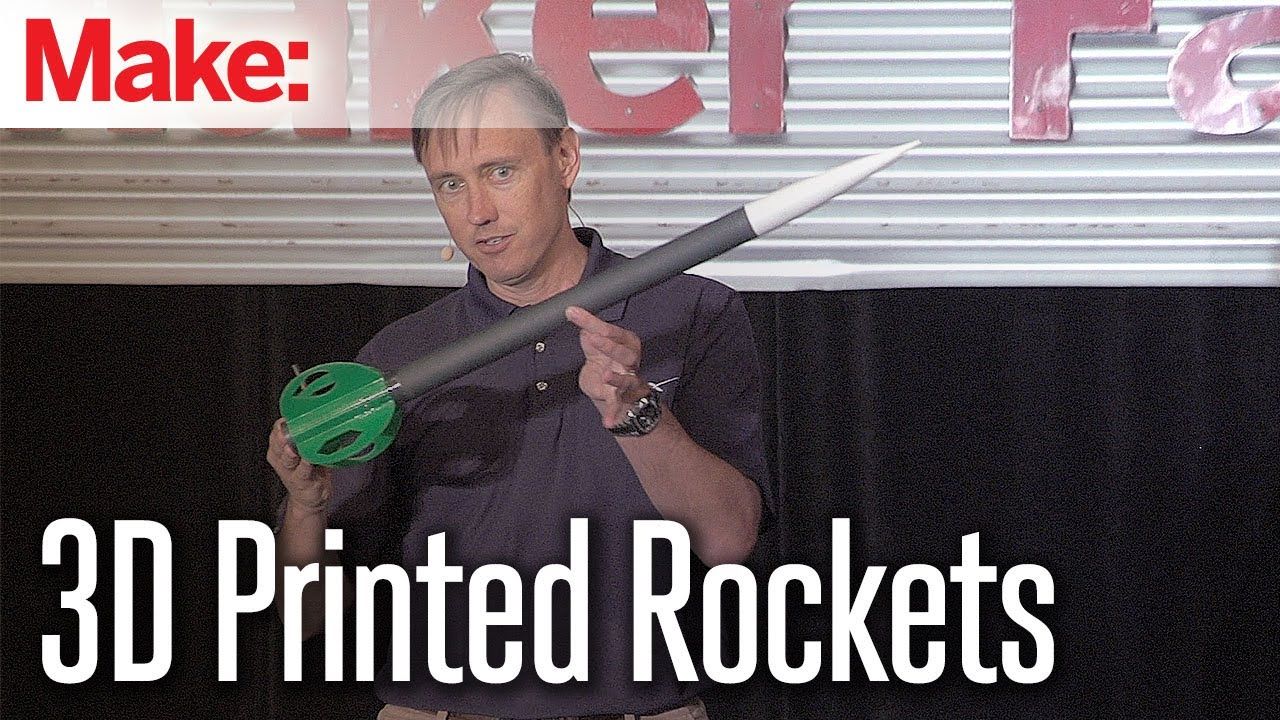
Steve Jurvetson is a man of many facets – and he can 3D print a rocket that achieves Mach 1.8 (that’s 1,363 mph) in 2.6 seconds and reach an altitude of nearly 9,500 feet.
The Mach number is named after the Austrian physicist and philosopher, Ernst Mach. The terms “subsonic” and “supersonic” basically refer to speeds below and above the local speed of sound, so you should have some idea how fast these tiny rockets are traveling.
Apr 6, 2016
Elon Musk’s Space Dream Almost Killed Tesla
Posted by Klaus Baldauf in categories: business, Elon Musk, military, space travel, sustainability
SpaceX started with a plan to send mice to Mars. It got crazier from there.
In late October 2001, Elon Musk went to Moscow to buy an intercontinental ballistic missile. He brought along Jim Cantrell, a kind of international aerospace supplies fixer, and Adeo Ressi, his best friend from Penn. Although Musk had tens of millions in the bank, he was trying to get a rocket on the cheap. They flew coach, and they were planning to buy a refurbished missile, not a new one. Musk figured it would be a good vehicle for sending a plant or some mice to Mars.
Ressi, a gangly eccentric, had been thinking a lot about whether his best friend had started to lose his mind, and he’d been doing his best to discourage the project. He peppered Musk with links to video montages of Russian, European, and American rockets exploding. He staged interventions, bringing Musk’s friends together to talk him out of wasting his money. None of it worked. Musk remained committed to funding a grand, inspirational spectacle in space and would spend all of his fortune to do it. And so Ressi went to Russia to contain Musk as best as he could. “Adeo would call me to the side and say, ‘What Elon is doing is insane. A philanthropic gesture? That’s crazy,’” said Cantrell. “He was seriously worried.”
Apr 5, 2016
How expandable astronaut habitats could pave the way for private space hotels
Posted by Shailesh Prasad in categories: habitats, satellites
Next week, astronauts on the International Space Station are getting a brand new room. Called the BEAM, short for Bigelow Expandable Activity Module, the room is launching on top of one of SpaceX’s rockets on Friday; it will then be attached to the ISS sometime within the next four months. The BEAM, which is created by private company Bigelow Aerospace, will remain deflated during launch, but once in orbit, it will inflate up to four times its size, providing more overall volume for the interior of the ISS.
The BEAM isn’t a permanent addition to the space station, though. It will only stay attached to the ISS for two years, and the astronauts will go inside the habitat very rarely. That’s because the main goal of the BEAM is to test out if this expandable habitat technology actually works. A successful mission could be the first step to something bigger: an era when expandable space habitats orbit the Earth, allowing for scientists and tourists to visit these “space hotels.”
The concept of expandable spacecraft isn’t new. In the 1960s, NASA launched a series of expandable communication probes called the Echo satellites, which looked like big metallic balloons. The satellites inflated in space and turned into mirror-like reflectors that bounced signals from one spot on Earth to another. Since then, NASA and other private companies have toyed with the idea of scaling up expandable spacecraft so that they could house humans in space.
Continue reading “How expandable astronaut habitats could pave the way for private space hotels” »
Mar 25, 2016
NASA to use the ISS as a testbed for inflatable living modules
Posted by Klaus Baldauf in category: space travel
NASA, perhaps more than anyone else, knows that there’s only so much room for packing stuff onto a spacecraft. That’s why it’s testing expandable living modules on the International Space Station prior to sending them to Mars for work and living spaces. The Bigelow Expandable Activity Module will ride along in an upcoming SpaceX Dragon resupply mission to the ISS and from there will be unpacked and attached to the side of the station.
After that it’ll be filled with air to expand from just over five feet in depth and almost eight in diameter to 12 feet deep and over 10 feet in diameter and have its pressure equalized with the rest of the station. In the video below, NASA says that it’s all going to be done pretty slowly given that it’s the first experiment of its kind.
The BEAM needs to prove its mettle against cosmic radiation, durability and long-term leak performance prior to going into deep space, however. Before the expandable spaces go near the red planet, they’ll have to survive two years on the ISS with crew members poking and prodding it for the aforementioned reasons. The video below is a rendering, and admittedly moves along much faster than NASA says the installation process will actually go, but it should give you an idea of what the ISS will look like when the bolt-on test module is in place.
Continue reading “NASA to use the ISS as a testbed for inflatable living modules” »
Mar 14, 2016
Everything You Know About Artificial Intelligence is Wrong
Posted by Sean Brazell in categories: Elon Musk, robotics/AI
Or not.
It was hailed as the most significant test of machine intelligence since Deep Blue defeated Garry Kasparov in chess nearly 20 years ago. Google’s AlphaGo has won two of the first three games against grandmaster Lee Sedol in a Go tournament, showing the dramatic extent to which AI has improved over the years. That fateful day when machines finally become smarter than humans has never appeared closer—yet we seem no closer in grasping the implications of this epochal event.
Indeed, we’re clinging to some serious—and even dangerous—misconceptions about artificial intelligence. Late last year, SpaceX co-founder Elon Musk warned that AI could take over the world, sparking a flurry of commentary both in condemnation and support. For such a monumental future event, there’s a startling amount of disagreement about whether or not it’ll even happen, or what form it will take. This is particularly troubling when we consider the tremendous benefits to be had from AI, and the possible risks. Unlike any other human invention, AI has the potential to reshape humanity, but it could also destroy us.
Continue reading “Everything You Know About Artificial Intelligence is Wrong” »
Mar 10, 2016
We Could Be Living On The Moon In 10 Years Or Less
Posted by Gerard Bain in categories: 3D printing, robotics/AI, space travel
Mar 7, 2016
Crowdsourcing The Hyperloop: How A Group Of Redditors Are Taking On Elon Musk’s Challenge
Posted by Klaus Baldauf in categories: Elon Musk, engineering, law, sustainability, transportation
VideoDisclaimer: The author of this article, Jason Belzer, is a member of rLoop and serves as the non-profit’s legal counsel. When billionaire entrepreneur Elon Musk proposed the Hyperloop — a futuristic transportation system capable of propelling passengers to supersonic speeds — back in 2013, it is unlikely that even he could have imagined that just a few years later his vision would be tantalizing close to reality. Yet ironically, Musk, who has helped build companies like Tesla Motors and SpaceX that are on the leading edge of technological innovation, will not receive the credit if the Hyperloop indeed becomes a reality. Instead, that honor will be bestowed upon on a small group of teams now working feverishly to construct a prototype that will be tested this summer at SpaceX headquarters in California.
Imagine tackling one of the most complex engineering projects in the history of the human race, requiring countless hours of collaboration and experimentation by some of the world’s most talented engineers, and never actually meeting the people you are working with in a physical setting. You might think it’s impossible, or you might be a member of rLoop — the only non student team to reach the final stage of the SpaceX Hyperloop Pod Competition.
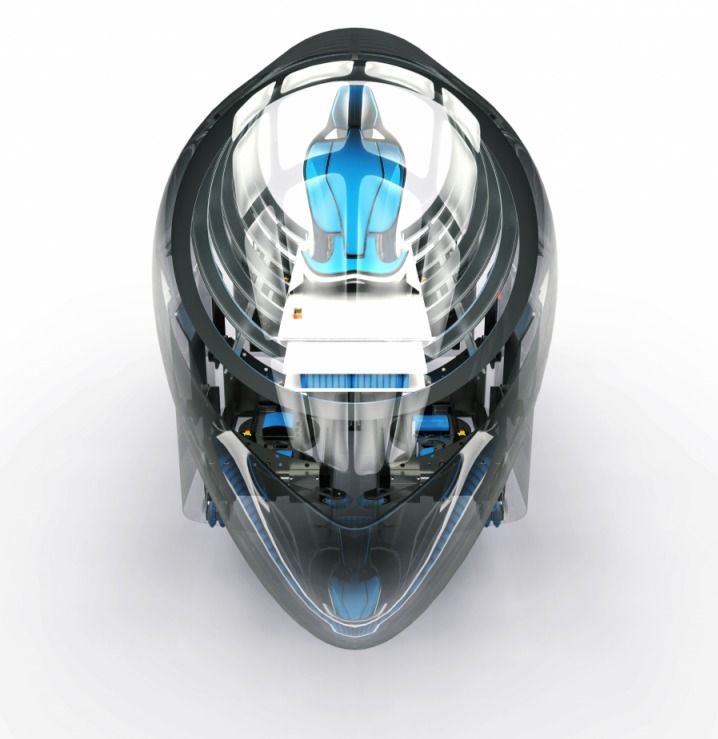
Mar 2, 2016
Here’s What Happened When We Asked Elon Musk About Equal Pay For Women — By Emily Peck | Huffington Post
Posted by Odette Bohr Dienel in categories: business, Elon Musk
Tag: Women
